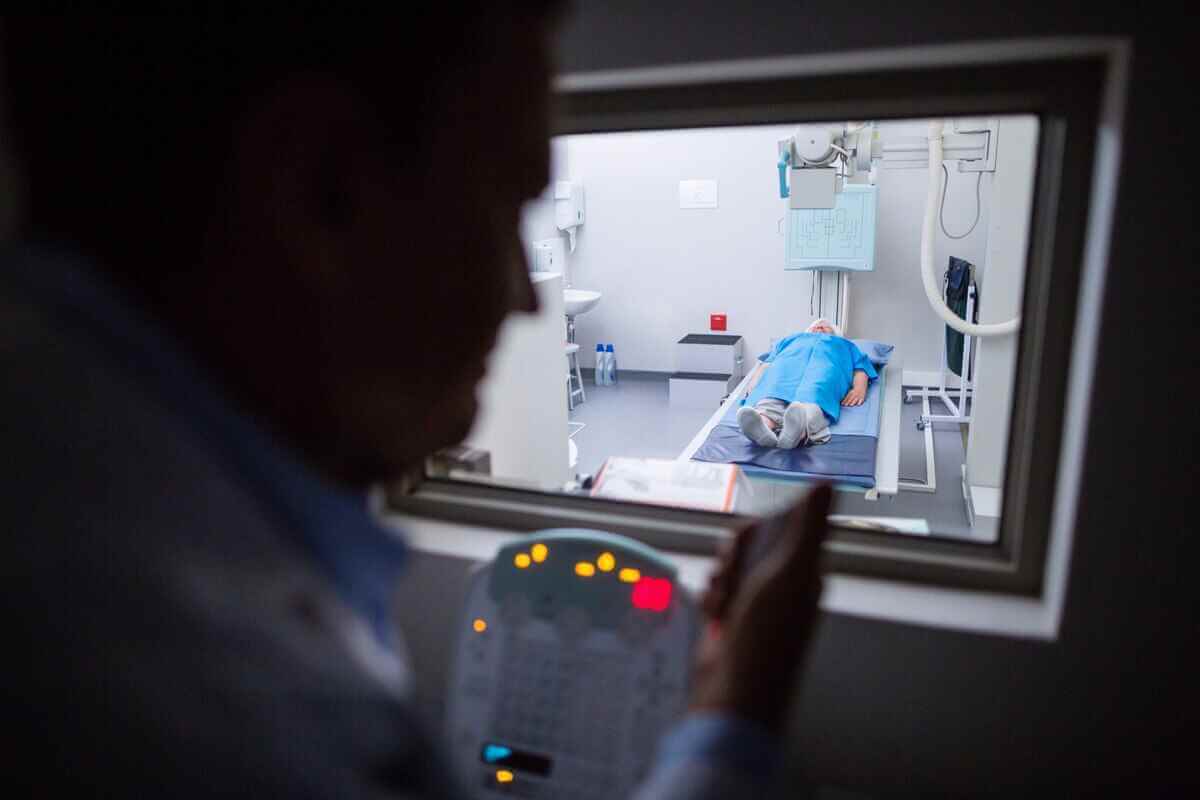[ad_1]
In the fast-paced world of medicine, X-ray rooms play an important role in diagnosis, allowing medical professionals to look at the human body with greater precision. Central to the functionality and safety of these rooms is lead glass, a special material that is designed to contain radiation. Proper handling of the guide lenses is essential to ensure clear imaging and ensure the safety of patients and healthcare workers.
In this comprehensive guide, we will look at the importance of lead lenses in X-ray rooms and provide practical advice on how to take good care of them.
Understanding the Role of Lead Glass
Conductive glass, also known as radiation shielding glass, is an important part of X-ray rooms. Its main function is to provide a barrier to ionizing radiation, protecting people nearby from harm. Unlike regular glass, leaded glass contains lead oxide, which increases its ability to absorb and block radiation.
Maintaining the Clarity of Lead Glass
1. Regular Cleaning
One of the simplest but most effective ways to save the lead glass of the X-ray room and through regular cleaning. Dust, fingerprints, and other impurities can accumulate on the surface, affecting the clarity of the glass and, therefore, the quality of the recording.
Use a mild, non-abrasive glass cleaner and a soft, lint-free cloth to clean the surface of the lead glass. Avoid using harsh chemicals, as they can damage the glass or interfere with its ability to block radiation. Regular cleaning not only keeps it looking good but also helps identify any problems that may occur with the glass.
2. Check for Cracks and Cracks
Regular inspections are necessary to detect cracks, chips, or other damage to the leaded glass. Even small defects can distort the structure of the glass and affect its ability to block radiation effectively.
If any damage is detected, it is important to deal with it quickly. Smaller ones can be polished, but more serious damage may require professional intervention. Ignoring this can lead to increased radiation exposure, putting patients and health professionals at risk.
3. Protection from Physical Problems
Leaded glass, although strong, is not affected by physical contact. It is important to take steps to protect the glass from accidental collisions or impacts. Consider installing transparent shields or barriers in front of the lead glass to minimize damage.
Also, educate the medical staff about the importance of taking care of the equipment in the X-ray room. Establishing safe equipment handling protocols and ensuring that equipment and storage facilities are properly maintained can help keep lead glass intact.
Ensuring Safety Standards
1. Assessment of Radiation Loss
Regular monitoring of radiation leakage is important while maintaining the safety principles of lead glass. Place radiation detectors in and around the X-ray room to measure any potential radiation. These monitors should be calibrated regularly to ensure accurate readings.
If any other leakage is found, it is important to identify and correct the source. This may include looking at X-ray equipment, lead-glass lenses, or other possible weaknesses in the room’s construction. Taking immediate action will prevent unnecessary exposure to radiation.
2. Inspection of the Lead Glass
The nerves where the lead lenses meet each other or connect with the surrounding muscles are weak. Regularly check the seams for signs of wear, gaps, or damage. If the seams are disturbed, radiation can escape, which can damage the strength of the lead glass.
Seal any gaps or cracks in the seams using the appropriate materials. This protective mechanism ensures that the lead glass acts as a radiation-free barrier, complying with safety standards.
3. Compliance with Governing Law

Being familiar with and following regulatory guidelines is essential when handling lead lenses in X-ray rooms. Compliance ensures that the facility meets safety requirements and that lead glass is installed, maintained, and inspected in accordance with industry regulations.
Regularly review and update safety protocols based on current guidelines. This may include training staff, improving equipment, or changing the layout of the X-ray room. Compliance not only ensures the safety of all involved but also helps avoid potential legal problems.
Contact Us Today
Here at A-fabco, Inc., we specialize in providing quality solutions for the healthcare industry. If you need professional advice on how to care for the lead glass in your X-ray room, we invite you to contact us. Our team is committed to ensuring the highest level of security and performance.
Let us partner with you to strengthen the integrity of your lead glass, protecting your patients and healthcare professionals. Contact us today, and let’s work together to improve the quality and safety of your medical center.
Contact us today!
Summary
Keeping lead lenses in the X-ray room is important to ensure clear imaging and to ensure the safety of people exposed to ionizing radiation. Regular cleaning, checking for scratches and cracks, protection from physical damage, monitoring radiation exposure, checking lead lenses, and following proper procedures are all important to good planning.
By integrating these systems into routine clinical practice, medical professionals can maintain the highest standards of safety and accuracy in diagnostic imaging. As technology advances, it is important that we remain vigilant in our commitment to maintaining the integrity of the lead glass, ultimately contributing to better medical outcomes for patients and a safer workplace for medical professionals.
[ad_2]
Source link





